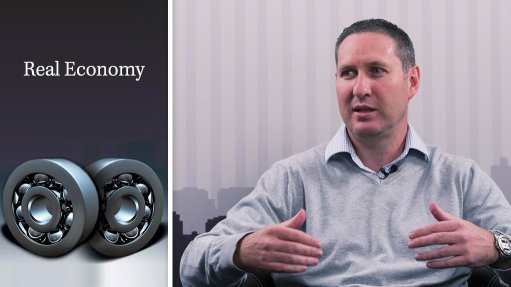
Despite the absence of the long-awaited Gas Utilisation Master Plan, or Gump, South Africans are nevertheless starting to seriously weigh the future gas options, with a strategic environmental assessment for shale gas development under way and with strong interest having reportedly been recorded in a possible gas-to-power programme.
But the issue, at least in the short term, is where the gas will come from. The country may well be the repository of large volumes of unconventional gas in the Karoo basin, but those resources have not been proven.
Its neighbours have also made significant gas discoveries, with a Standard Bank report indicating that the Anadarko and Eni discoveries potentially position Mozambique in the top ten of the global gas reserve rankings, at around 185-trillion cubic feet. However, besides the infrastructure linking the South African market to Mozambique’s Pande and Temane fields (which are well south of the Rovuma basin finds), the channel linking possible Mozambican supply with South African demand does not exist.
There is much talk, therefore, about the creation of liquefied natural gas importation infrastructure at Saldanha Bay, Coega or Richards Bay. But, in the absence of Gump, there is still much uncertainty about the roadmap, never mind how South Africa plans to manage the risk associated with increasing the role of dollar-linked fuel in an electricity market priced in rands.
But, given the likelihood that South Africa’s gas economy will rely, at least initially, on imports, keeping abreast of international gas market developments is becoming more important. And where better to turn to for an overview than the International Energy Agency’s latest World Energy Outlook (WEO 2015).
The one potentially favourable insight for South Africa is that the near-term price conditions look considerably more favourable for consumers and importers than for those contemplating new long-term investments in supply. “These price developments seem set to boost natural gas demand in major importing regions, reinforcing our view that natural gas is a fuel well placed to expand its role in the global energy mix,” the reports states.
However, even under a low oil price scenario, it is not clear whether the conditions will be sustained for decades, with regional dynamics differing materially. In fact, over the outlook period to 2040, the WEO 2015 lowers its previous yearly growth projections for gas to 1.4% from over 2% previously, warning that it is “no plain sailing for natural gas” in a carbon-constrained world.
It states that, where gas replaces more carbon-intensive fuels, or backs up the integration of renewables, it is a good fit for a gradually decarbonising energy system. It, therefore, forecasts that gas consumption will increase by almost 50% by 2040, making it the fastest-growing of all the fossil fuels.
But there are “clouds on the horizon”, as gas will face strong competition in all segments of the market where it is used.
The WEO 2015 also warns that the environmental advantages of gas are under scrutiny. However, gas is still expected to outpace both coal and oil and grow slightly slower than nuclear.
Less debatable in the report is the positive trajectory forecast for renewable energy, which will overtake coal as the largest source of electricity by the early 2030s.